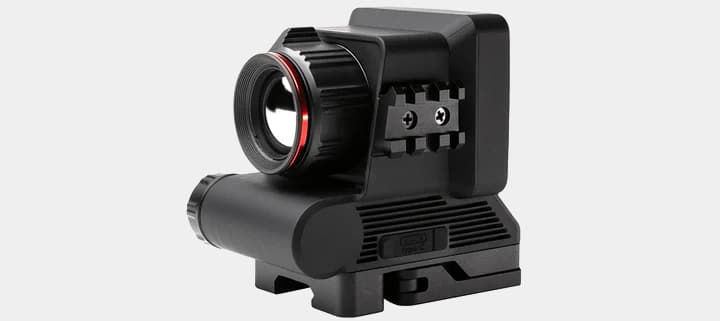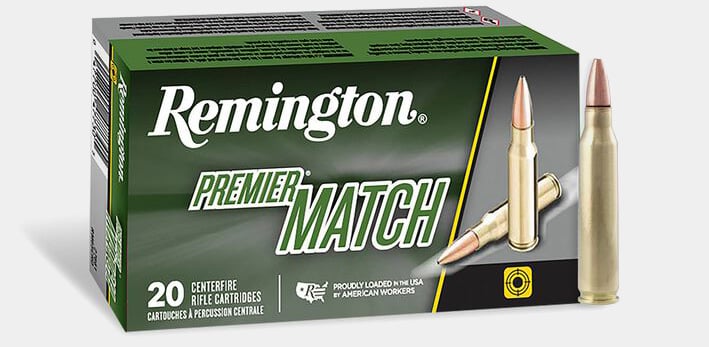X-Vision Flex 2 Review — Innovative Thermal Reflex Sight

In this X-Vision Flex 2 review, Scott Conditt takes a look at an interesting new reflex sight that uses thermal imaging technology. This fascinating optic offers a boatload of features, but how does it perform on the range? X-Vision provided a loaner Flex 2 sight for this review.
I recently was afforded the opportunity to work with the new X-Vision Optics Flex 2 thermal reflex sight, a uniquely designed thermal optic with a form factor that is wildly different from the more traditional thermal weapon sights I’ve worked with previously.
Instead of consisting of a dedicated clip-on (or monocular-style) design that relies on the user peering through the optic like a traditional telescopic sight, the Flex 2 uses a 2.56” AMOLED screen to display the visual data being gathered by the 25mm objective lens up front. The resulting experience is essentially like having a high-def screen, about the size of an old Game Boy screen.
But here’s the key — but instead of that old school “puke green” color LCD screen, the Flex 2 screen offers an extremely crisp and vibrant full-color thermal image.
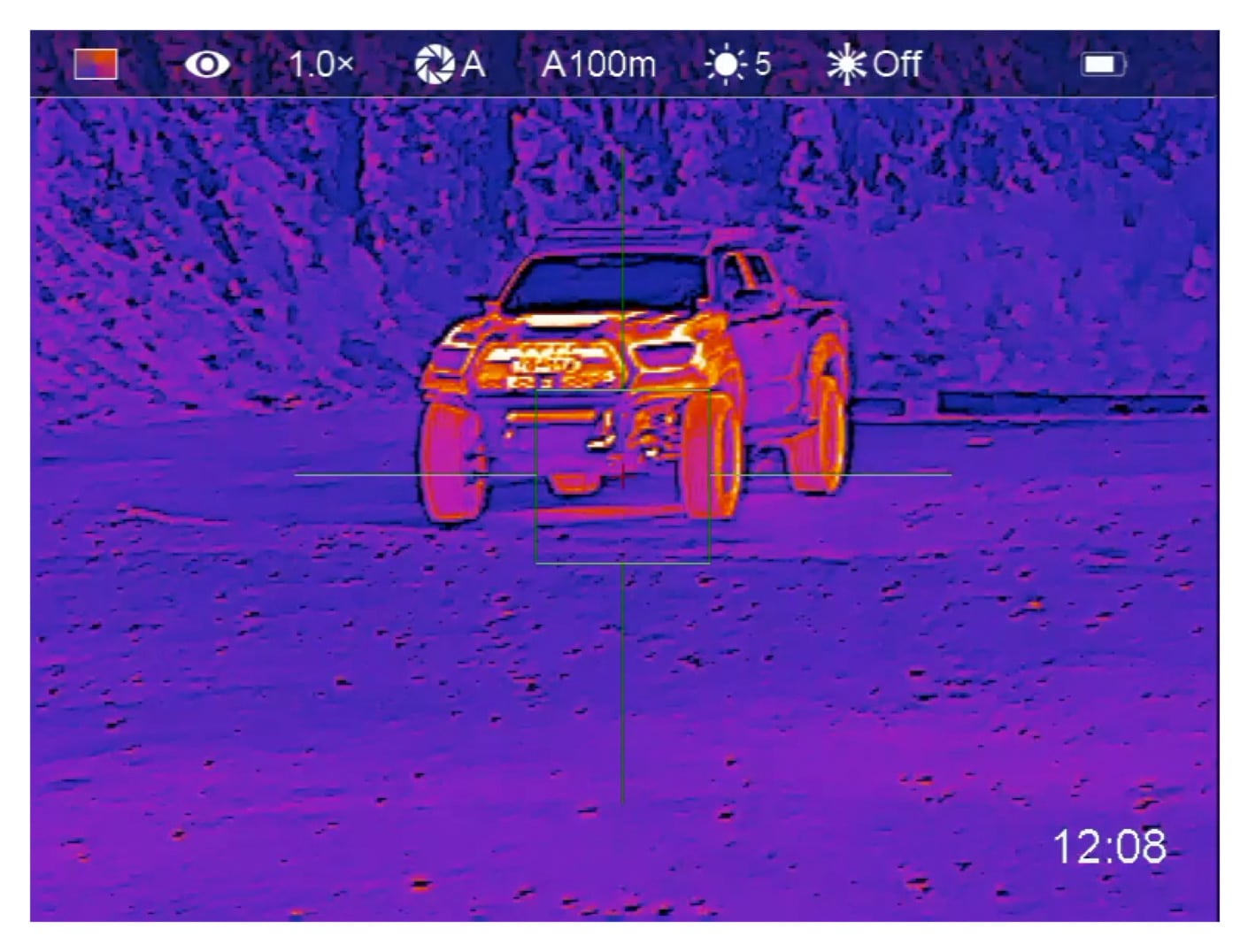
I’ll be honest — at first, I was skeptical about the design style, but after having had the opportunity to work with the unit, test it at the range and use it to identify targets in the field, I am impressed with this approach to thermal imaging displays and housing design. Want to find out why and how it differs from a typical rifle scope?
Flex 2 Thermal Reflex Sight — Technically Speaking…
Okay, let’s get all of the important tech-spec and geek-out design stuff out of the way right up front, and then I’ll tell you what I experienced and learned about this cool piece of kit.
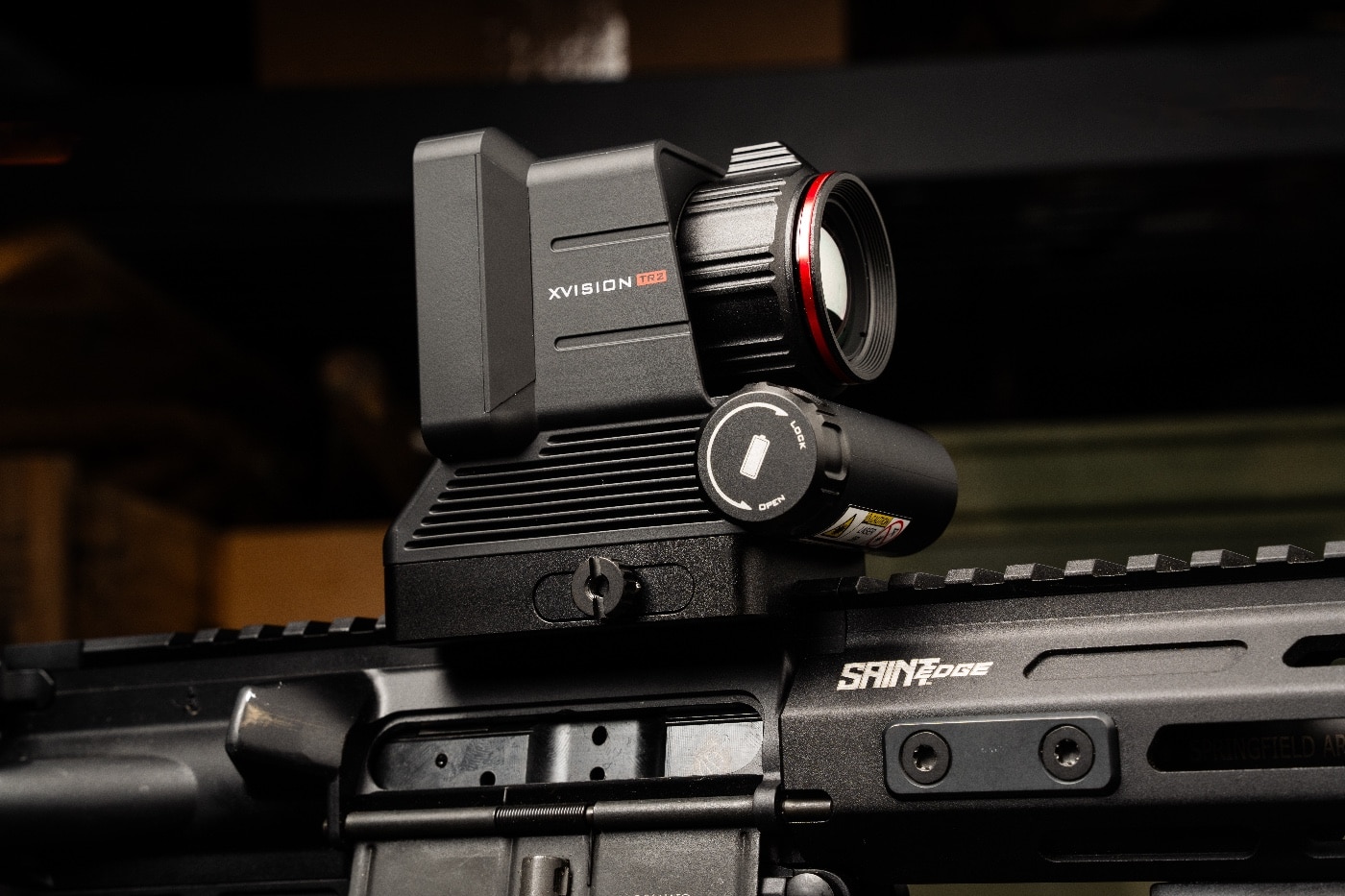
First up, the Flex 2 utilizes a 384×288 thermal sensor and includes the aforementioned 25mm coated objective lens. The AMOLED display screen is 2.56” and features a resolution of 800×600 with a 50hz refresh rate. I didn’t detect any significant latency or lag, and to say the screen is vibrant and has impressive fidelity is truly an understatement. It is exceptional.
The unit provides you with 1-4x digital magnification capability and also features a really effective and handy picture-in-picture (PIP) range of 2-8x. The unit can detect heat signatures out to an impressive 1,700 yards and has a five-hour battery life using one of the two included rechargeable 18500 batteries.
One of the features I greatly appreciated was the sturdy and secure quick release mechanism included on the unit for easy attaching and detaching to the Picatinny rail of your firearm — in this case, my Springfield Armory SAINT Edge 5.56x45mm NATO.
Another factor I greatly appreciated was the simple and intuitive control sets. The Flex 2 includes a tactile and responsive four-way joystick and a power button to access the menus and control the settings.
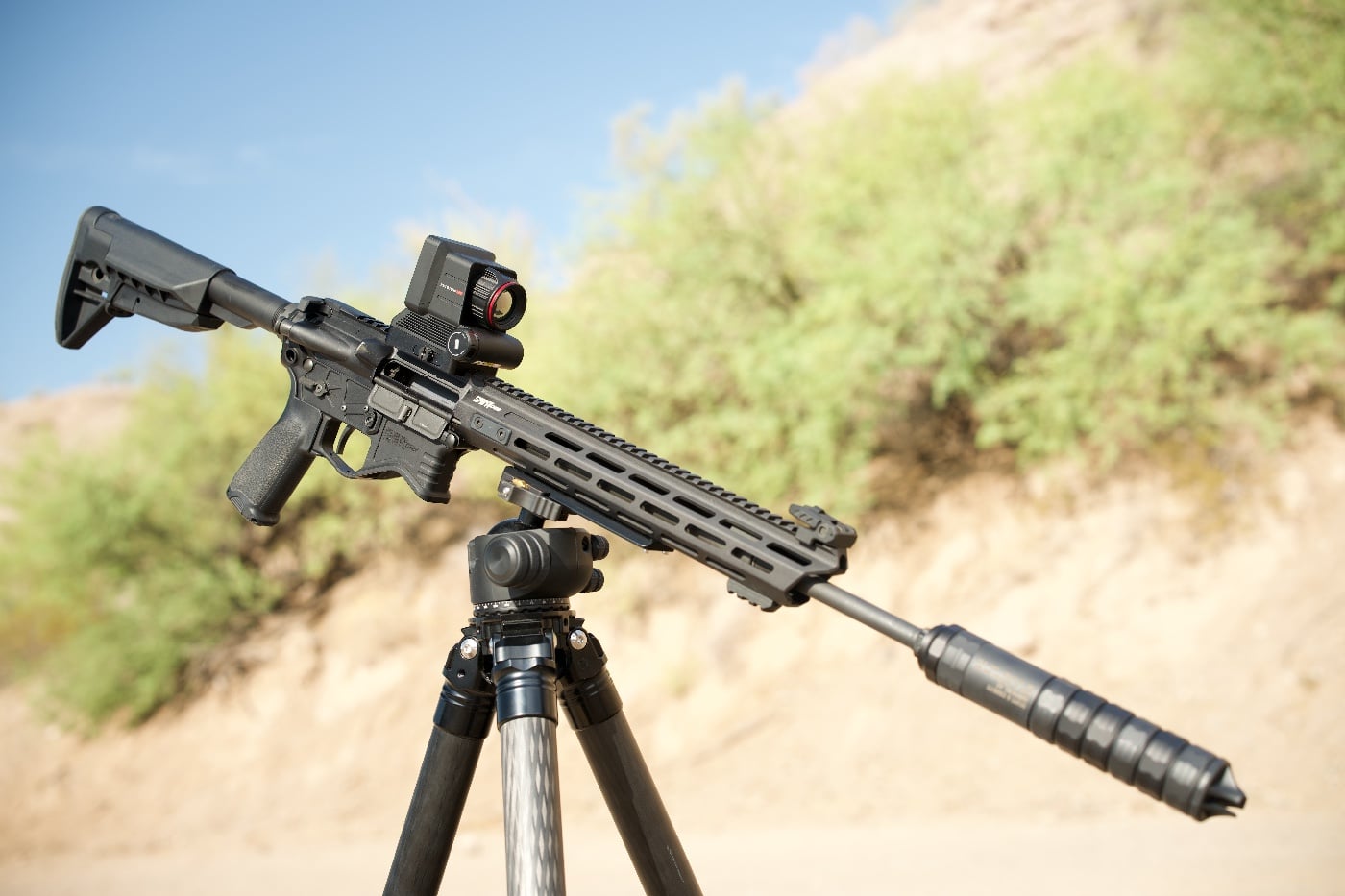
Before getting deeper into some of the cool features within these menus, I want to give a shout out to whoever wrote the Flex 2 User Manual and the included Quick Start Guide. They’re easy to read, comprehensive, and give you exactly what you need to know in terms that anyone can digest.
A pet peeve of mine is when you are working with an expensive electronic or optic that clearly took teams of highly skilled engineers to produce, but somehow the brand decides to skimp on the user manual and included literature.
So, without going on a full-blown rant about all of the bad instances of this out there and naming specific offenders, let’s focus on the positive and give kudos to the unsung copywriting heroes at X-Vision who put these exceptional guides together. Within these manuals you will learn about the features and menus within the optic itself, of which there are many.
X-Vision Flex 2 Specifications
For the purposes of this overview, here are some of the basics.
- 384×288 thermal sensor
- 25mm objective lens diameter
- 2.56” AMOLED Display
- display resolution: 800 x 600 AMOLED
- 1-4x digital magnification
- Picture in Picture (PIP) range of 2-8x.
- 1,700 yard detection
- 5 hour battery life with 18500 rechargeable battery (2 provided with charger)
- photo/video capable with an internal memory of 32GB.
- 50 hz frame rate
- 55 ft @ 100 yards field of view
- quick-release Picatinny mount
- IP67 dust and water resistance
- 650 nm laser
- weight: 1.05lbs
Reviewing the Basic Functions
When you power up the device, a status bar appears at the top of the screen that displays the regular functions of the unit. Display screen functions include pallet mode, contrast highlight, magnification, shutter correction mode, zeroing distance, screen brightness, laser enabling, standby and current battery status. The Flex 2 includes five pallet/image modes: white hot, black hot, red hot, color, and target highlight.
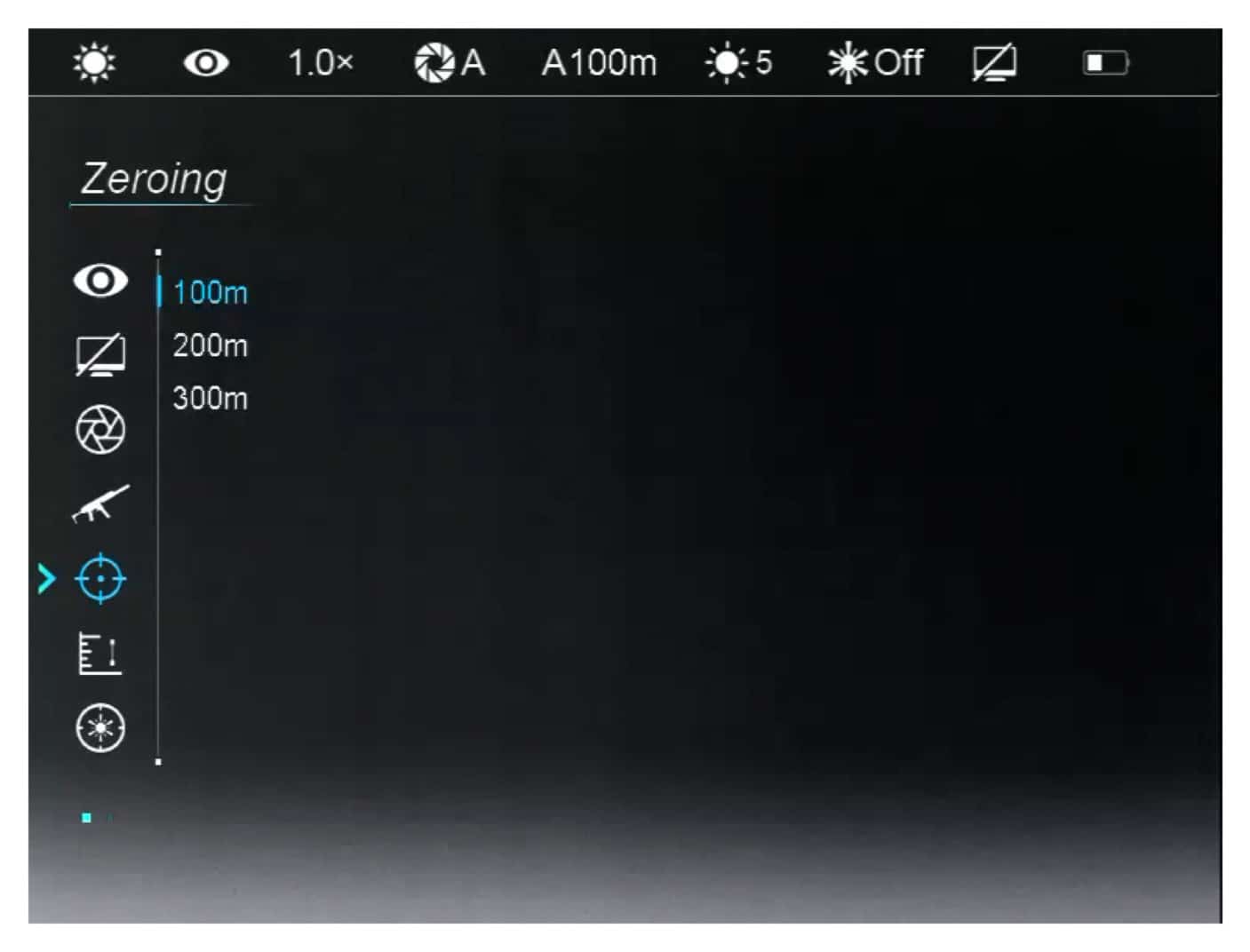
This unit also includes a stadiametric rangefinder for determining target distances. Additionally, you have reticle menu options to designate your reticle type, reticle color, and to choose your zeroing distance. The zeroing distances afforded are 100 meter, 200 meter and 300 meter.
Once you have designated your reticle color and type selections, you can store up to three combinations (A, B and C options) for three different rifle models, allowing you to transfer the unit between platforms seamlessly. You can also activate a laser from within these menus.
Hands-On with the X-Vision Flex 2
In addition to the option of mounting it on your rifle, the company offers an optional TRH-1 thermal handle attachment for the Flex 2. To try it out, I took the optic around the house and studio to get a feel for it with the contoured grip. The grip features a Picatinny top rail from Red Wing Gear that makes handling the device extremely manageable and comfortable. You can also store extra batteries in the handle for longer use in the field, which is a nice bonus.
While chasing the dogs and cats around my home, I was immediately impressed with the ease of menu navigation and how quickly you can cycle between the color palettes as well as the high fidelity and definition that was able to be shown on screen. The unit was extremely responsive, and having a simple power button and four-way joystick was extremely easy to manipulate.
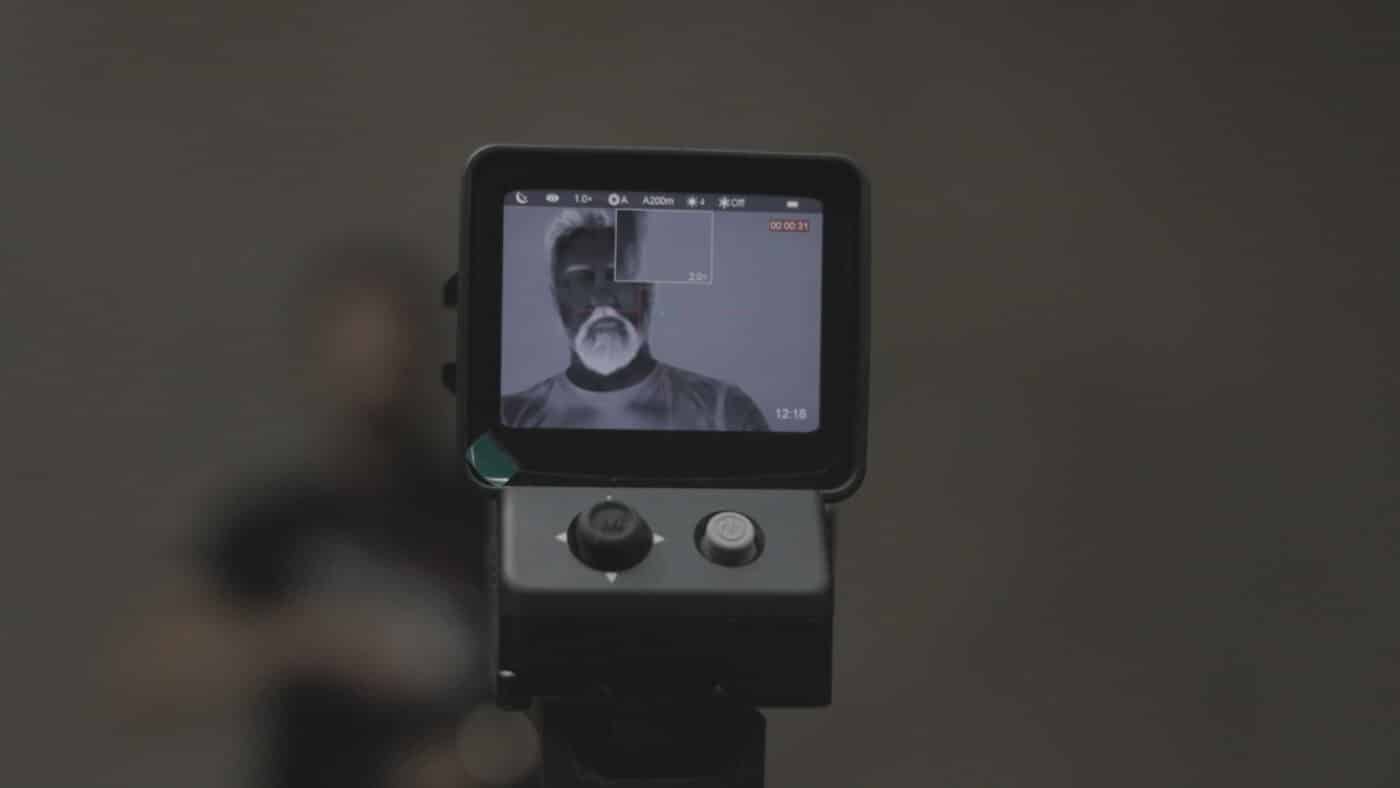
The gradient range of thermal detection between objects like the heat from physical bodies as well as electrical sources of heat, like light fixtures, was really distinct as well, and I can definitely see how this would be a useful tool for various technicians, structural engineers and other tradesmen to help detect hot spots in electrical or HVAC work in structures, for example.
The recording quality and playback was also a great benefit, and I like the ample 32gb onboard storage that the Flex 2 includes for storing recordings.
Testing at the Shooting Range
AS noted, I attached the Flex 2 to my SAINT Edge rifle and then packed a few boxes of Premiere Match .223 Remington and took it out to the range in the desert.
At the time of writing this overview, it is summer in Arizona. So, it’s hot out. Contrary to a common misperception, that’s not a deal breaker when it comes to using thermal imaging. Thermal optics are not “night vision” and they don’t solely detect heat signatures during night-time operations. They detect spectrums of heat and deviations from ambient temperatures within environments during both day and night. That said, in cooler ambient temperatures (often at night), the heat signatures will certainly be more pronounced and detection of heat sources will be extremely prominent.
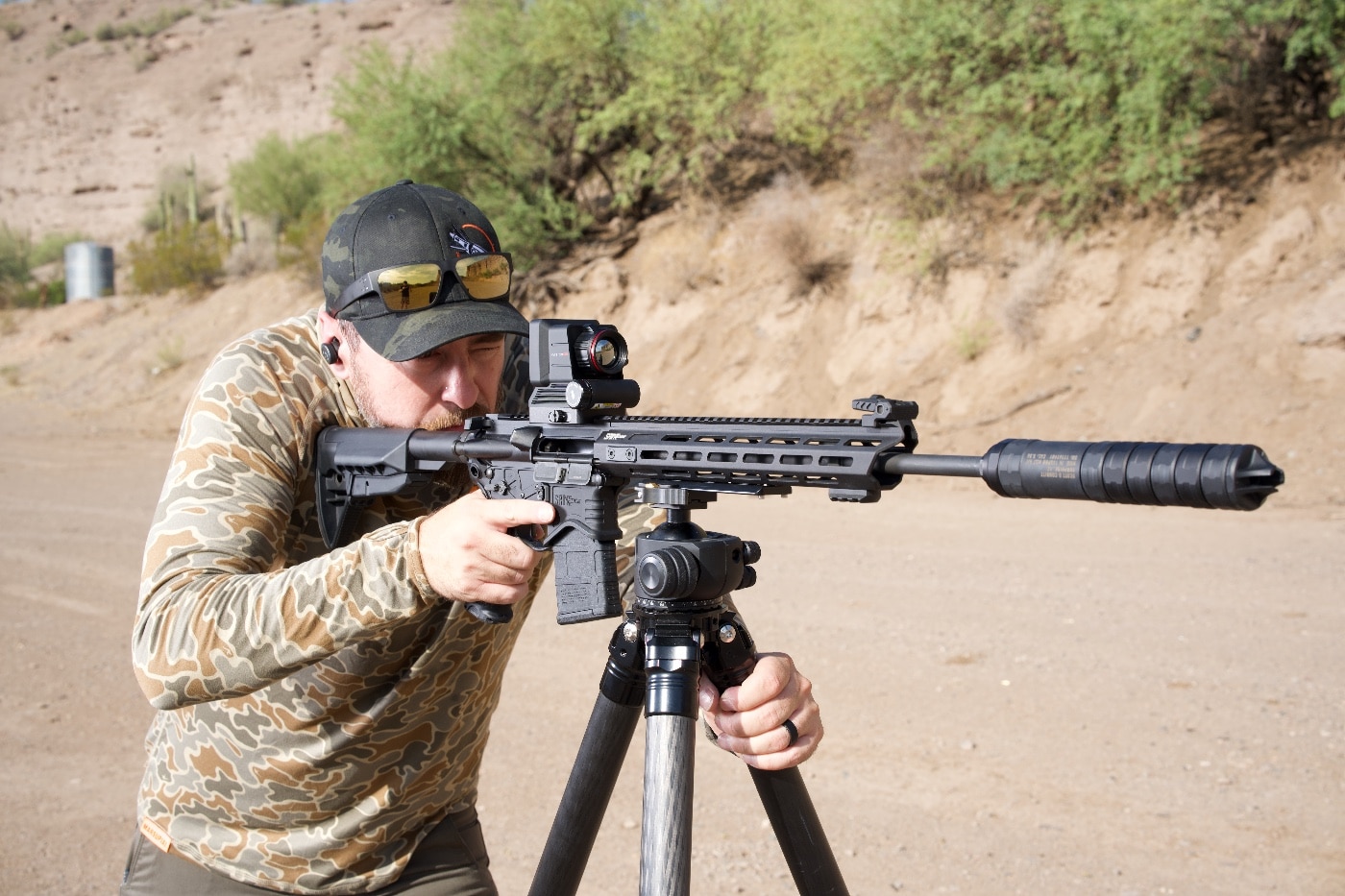
I thought these hot mid-summer conditions would be particularly interesting for this product review, because if it can still detect heat signatures in an already hot environment, that’s a testament to its performance and detection capability. Since I would be zeroing the optic and testing the capability during the daytime in my sweltering desert environment here in Arizona, I got a little creative to help ensure my targetry would give me a solid zero opportunity with this unique optic.
Using Infinity Targets rubberized self-healing targets and a can of trusty white spray paint, I knew I could paint a “cool” target down range. Because spray paint is aerosolized and comes out of the can at cool temperatures, it helps makes the surface of the ID Target quite a bit cooler than the surrounding temperatures, at least for a little bit. Additionally, when placing shots on target, the impacts and heat of the bullet penetrating the rubber of the ID Target showed up as small, precise hot spots on the Flex 2.
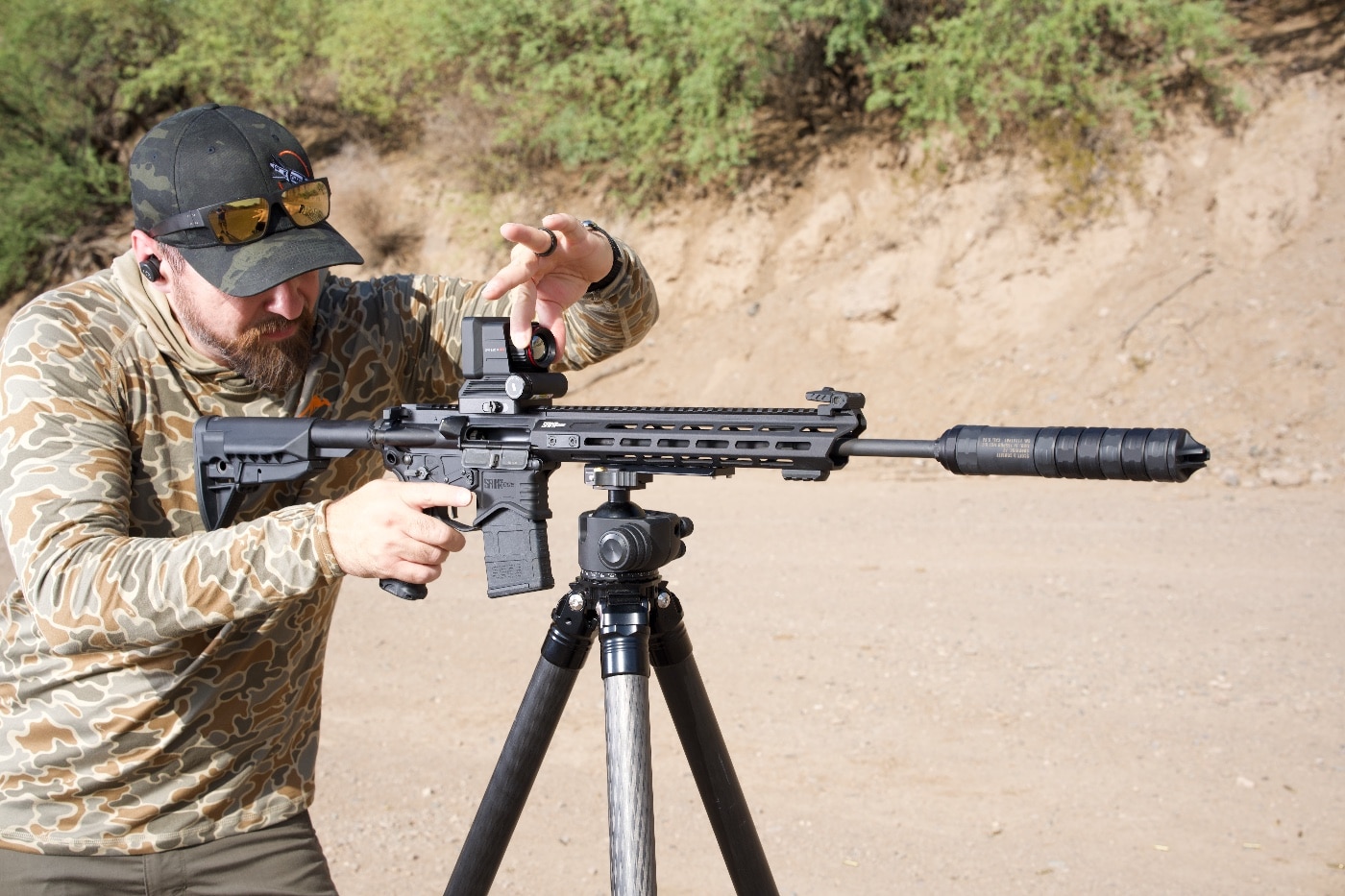
Zeroing the optic was easy and intuitive using the instruction manual. The picture-in-picture function helped me obtain my target and view impacts easily. What I really enjoyed from the beginning of my session to the end, was how simple and user-friendly this optic was to use right out of the box.
From experience, when I think about using clip-on thermals, I think about mashing my eye into the accordion style eyecup to get my sight picture, then fidgeting with overly complex and small buttons on the top or side of the optic all while trying to peer into it; the experience is rarely easy, enjoyable, or comfortable. When I first saw the Flex 2, I was skeptical because it just didn’t look like what I associated with “a thermal” optic to me. It looked more like a holographic weapon sight combined with a small monitor, slightly larger than an Eotech HWS, for example. I love using holosights. And I got the thermal image benefit in a form factor and design style that is reminiscent of the most popular holosights on the market.
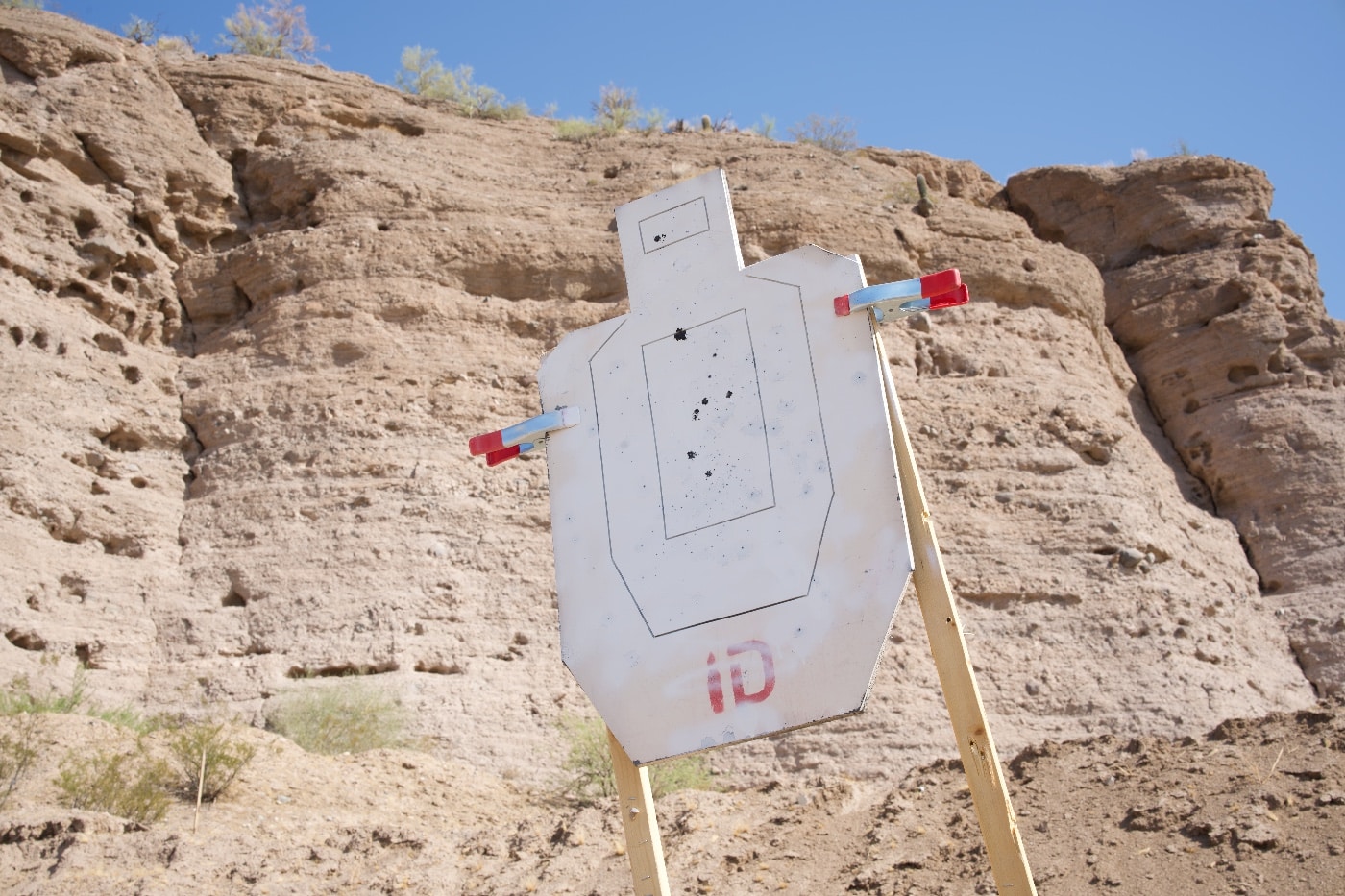
After dialing in at 100 yards and running a few mags, my shot placement remained consistent during use, and it was just an intuitive and fun experience. I can imagine this would be fantastic on a hog or predator hunt. Additionally, in the extremely sunny range conditions, the AMOLED screen was bright and easily visible and comfortable to view throughout the session.
The unit is fantastic on a flat range, shooting from the bench or on a tripod. I could see hog hunters and predator hunters finding this optic very attractive. I also believe those are the primary demographics that this optic was designed for, and whereas you don’t necessarily expect to encounter a need for extreme ruggedization in those scenarios all of the time, I would be curious to see how the Flex 2 endures in more demanding environments that may find the operator traversing thick brush and challenging terrain. The unit’s housing and controls feel extremely solid and durable.
That said, there are really only two aspects of the Flex 2 that I would consider taking extra care with in the field and to be mindful of if you are trekking around with it on your rifle. The first would be that beautiful and large AMOLED display screen and taking care to protect it from scratches and impacts. It does not have a screen hood, so just watch what comes in contact with it.
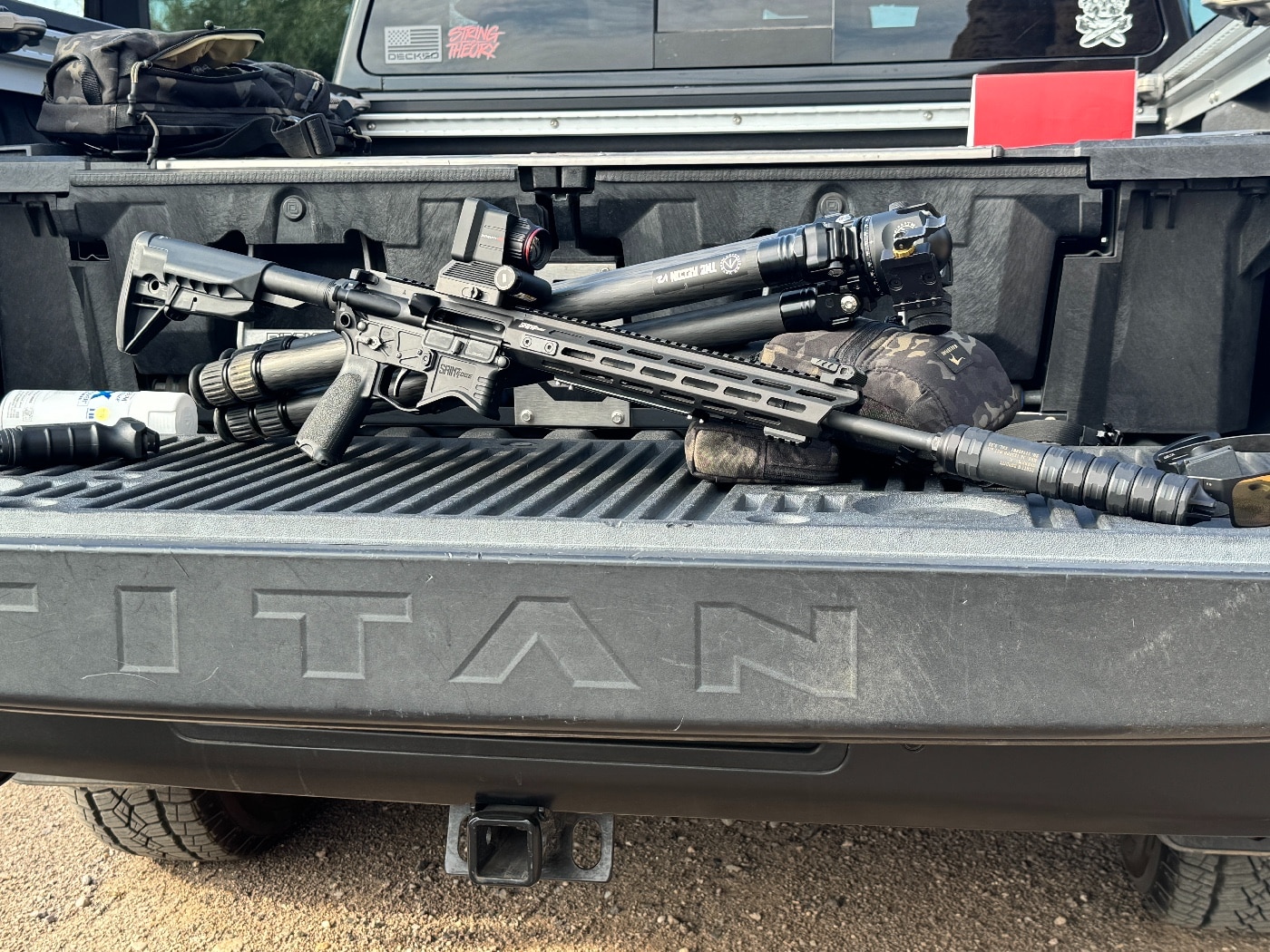
The second would be protecting the lens coating on the objective lens and also avoiding impacts to that lens as it does not include a cap. As a filmmaker and photographer in this industry, I am always seeking a reasonable balance between having awesome electronic tools with me to capture the action and also wanting to ruggedize my gear to protect it as much as possible. This includes obsessively putting screen protectors, lens covers and caps on anything that might help extend the life of my camera gear, lenses, and optics. With the Flex 2, I would just suggest using it in selective environments and being mindful of those components.
Takeaway from My Time with the X-Vision Flex 2
The Flex 2 is a really cool piece of tech. Beyond utilizing the Flex 2 as a rifle-mounted hunting optic, I like that it’s versatile as a handheld tool with a wide variety of other use-cases, including industrial and trade-related applications, an electricians tool, a search and rescue tool for first responders, wildlife observation, and various other target ID applications for military and law enforcement.
Amongst the key selling points across all demographics of users, I believe the screen size and clarity is the biggest selling point. In my experience working with thermal optics, I can definitely see the benefit and advantage of the Flex 2 in a number of scenarios over a clip-on thermal. The versatility of being able to quickly and easily use this optic on and off a rifle to scan and identify targets with an exceptional degree of visual clarity is impressive. I think the Flex 2 is an excellent tool for a wide range of environments and scenarios and highly recommend you check it out if you get a chance. MSRP is $3,499.99.
Editor’s Note: Please be sure to check out The Armory Life Forum, where you can comment about our daily articles, as well as just talk guns and gear. Click the “Go To Forum Thread” link below to jump in!
Join the Discussion
Featured in this video
Read the full article here


